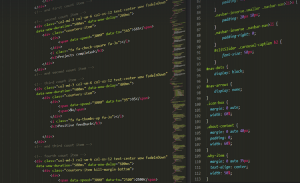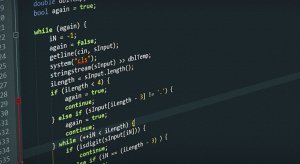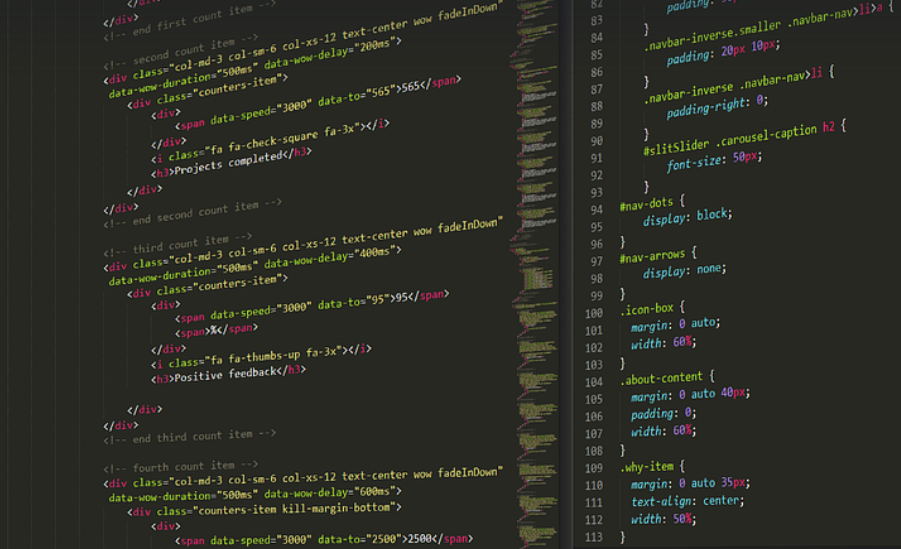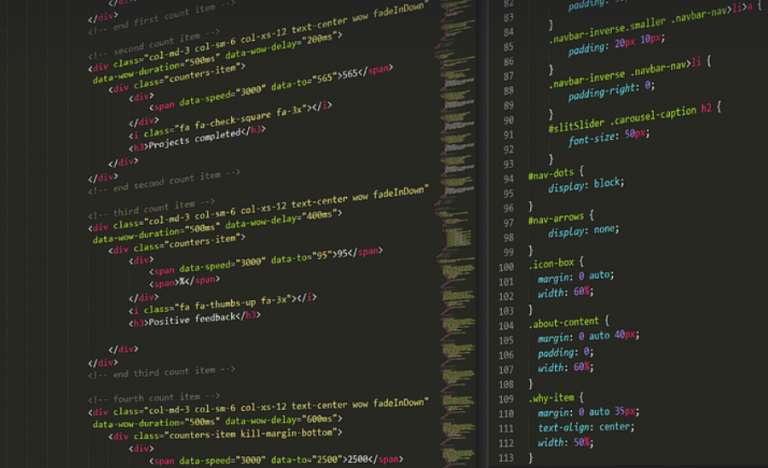Mastering the Art of Note Card Research
We all know that research paper can feel like a daunting beast, especially when it comes to digging deep into that topic and crafting coherent arguments. But fear not! A simple yet incredibly effective technique called note cards can be your secret weapon in conquering this academic challenge.
What are Note Cards?
Note cards are essentially small, handwritten notes containing key information, insights, and evidence related to a specific research topic. Think of them like miniature textbooks for each aspect of your paper. Instead of trying to cram everything into one giant document, you’re breaking down the process into manageable chunks.
The beauty of note cards lies in their simplicity and flexibility. You can jot down any thought you have – a quote from a scholar, a surprising statistic, or even a potential argumentative counterpoint. This allows for free-flowing creativity and ensures that your ideas are not lost amidst the pressure of writing.
The Anatomy of an Effective Note Card
Now, let’s dive into crafting those cards to maximize their effectiveness. Every note card should serve a specific purpose:
- **Topic:** Begin by writing the main topic on the card. It should be concise and clear.
- **Sub-topics:** Divide your topics further into smaller, more manageable sub-topics.
- **Key Quotes and Evidence:** This is where you capture those powerful quotes, statistics, or anecdotes that support your argument.
- **Sources:** Clearly record the source of each piece of evidence. It’s important to cite your information properly.
The Power of Note Card Organization
The beauty of note cards isn’t just in their individual power; it’s also in how you organize them. A well-organized system can completely change your research experience.
Here are a few organizational strategies that work wonders:
- **Chronological Organization:** Organize cards by the time period of the information. This is particularly helpful when researching history or sociology.
- **Subject-Based Organization:** Group cards according to broad themes or subject areas like “economics,” “psychology,” “biology,” etc., making it easy to reference and connect different topics.
- **Argument-Driven Organization:** Categorize your notes by the arguments you’ll be using in your paper. This helps you organize your thoughts into distinct argumentative chunks.
The Magic of Note Cards: A Journey from Chaos to Clarity
The true magic of note cards lies in how they transform your research process, taking you from chaos to a manageable, structured system. Don’t underestimate their ability to foster clarity and focus!
Imagine this: You’re struggling to get started on your research paper. Your brain is flooded with thoughts, emotions, and information overload. Yet, with note cards, you can take a deep breath, organize your ideas, and start building a solid foundation for your argument.
The Note Card Advantage
Here’s how note card research paper becomes the winning ticket to academic success:
- **Enhanced Memory Retention:** The act of physically writing down information helps with memory retention, ensuring you don’t forget those crucial details.
- **Active Learning:** Note cards force you to engage actively with the material. You have to think about what you’re learning and how it applies. This process fosters understanding and deepens your knowledge.
- **Improved Argumentation:** By capturing key quotes, statistics, and arguments, note cards give you powerful tools for crafting your research paper. It’s like having a trusty arsenal of evidence at your fingertips.
- **Reduced Research Anxiety:** The organized nature of note cards can soothe the stress associated with research and writing, allowing you to approach the tasks with confidence and clarity.
Time-Saving Tips
Here’s a bonus! To maximize your time efficiency, consider these helpful tricks:
- **Digital Note Cards:** Experiment with note-taking apps or digital platforms that offer functionalities like tagging, searching, and easy organization.
- **Mind Mapping:** Utilize mind mapping techniques to visualize connections between different ideas and arguments. This visual approach can spark new insights and connections.
Embrace Note Cards: A Journey of Discovery
The journey of a research paper is often described as a rollercoaster ride, but with the right tools in your hands – like note cards – it can be an exciting adventure filled with discovery. Remember to use these cards not just for notes, but as prompts for deeper thinking and reflection.
Remember that note card research is about creating a system that works for **you**. Experiment with different approaches, find what resonates with your style, and tailor the method to your unique learning preferences.














